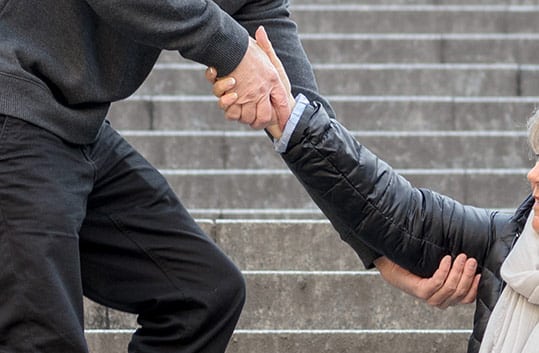What do you think of when someone says “trial”? A brief and unofficial survey of some non-lawyer friends resulted in the word “jury” cropping up just over 80% of the time. A trial by jury is one of the most time honored traditions of our system of jurisprudence. Our right to a trial by a jury of our peers before our liberty or property can be taken from us is a cornerstone of our constitution, born out of secret tribunals in England’s medieval times, where courts established by and for the ruling class were used to keep the masses in their place. Trials by a jury are meant to be the great equalizer, to ensure that everyone, no matter their place in society, can obtain a fair and impartial verdict. So why is it, then, that we lose this indelible constitutional right when we sue the State of New York?
Under New York State law, any claim against the State of New York can only be brought in a special court called the Court of Claims. The Court of Claims is a court of limited jurisdiction, which only presides over cases against the State. In order to preserve your right to sue, a Notice of Intent to make a claim must be filed with the Court of Claims within 90 days of the act or occurence which forms the basis of the claim. Failure to timely file this Notice of Intent likely means that you will forever be barred from bringing your claim, even though many people may not realize they had a claim to bring until well after the 90 days has passed. There are circumtances where a Notice of Intent can be filed late, however, so prompt consultation with an attorney experienced in bringing claims against the State is HIGHLY recommended.
The biggest difference between the Court of Claims and traditional courts, however, is that there is no right to a jury trial in the Court of Claims. It isn’t even an option. Instead, trials are conducted before a judge appointed by the State (yes the same State that is the defendant in the case) and defended by the Attorney General’s Office. The Judge presides over the discovery process, determines motions that will limit the admissable evidence at trial, and then serves as the finder of fact at trial, where they are expected to disregard the knowledge of the case they have acquired over the preceding years, and base their verdict solely on the admissable evidence. In a strange twist, the judge who presides over the trial doesn’t have the last say on the verdict. Once the trial judge writes a proposed decision, that decision is submitted to a secret panel that reviews the evidence and testimony and approves the final version of the decision. That process takes place in secret, without the right of the Claimant’s attorney to argue the evidence or be heard.
So how can this happen? That is a very good question with a very convoluted answer. In general, the states and the federal government enjoy what is called Sovereign Immunity. Sovereign Immunity is founded upon the ancient principle that “the King can do no wrong”. In the present day, this principle bars holding the government or its political subdivisions liable for the torts of its officers or agents unless immunity is waived. The federal government has waived its immunity, and permits suits against it pursuant to the Federal Tort Claims Act. New York, as well as most every other state, has also waived their Soveregn Immunity to one extent or another.
Since every state is free to determine how and to what extent they will waive their immunity, we are left with the Court of Claims in New York. While it may be little more than a modern day Star Chamber, it is the only way to even attempt to hold the State of New York liable for its actions.
Thanks for reading,
ZiffLaw Attorney, Esq.


